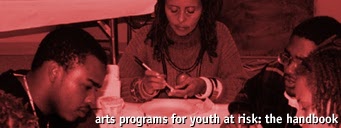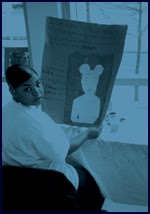


|
Everyone who works with the youth should be trained in team building, communication skills, organizational skills, collaboration, and more. Successful training models involve the six steps listed below. Each section describes a key element necessary to train artists who work with at-risk youth. For more about them, and about the nine key elements incorporated into the YouthARTS sites' training programs, see the full chapter PDF. Select a program team Design your training sessions Develop curriculum for arts instruction Define roles of each partner for day-to-day program Plan program logistics Assess training needs and evaluate artists More Resources:Here are additional documents from the appendices that can help you build and train a successful team:
|

|
||||||||||||||||||||